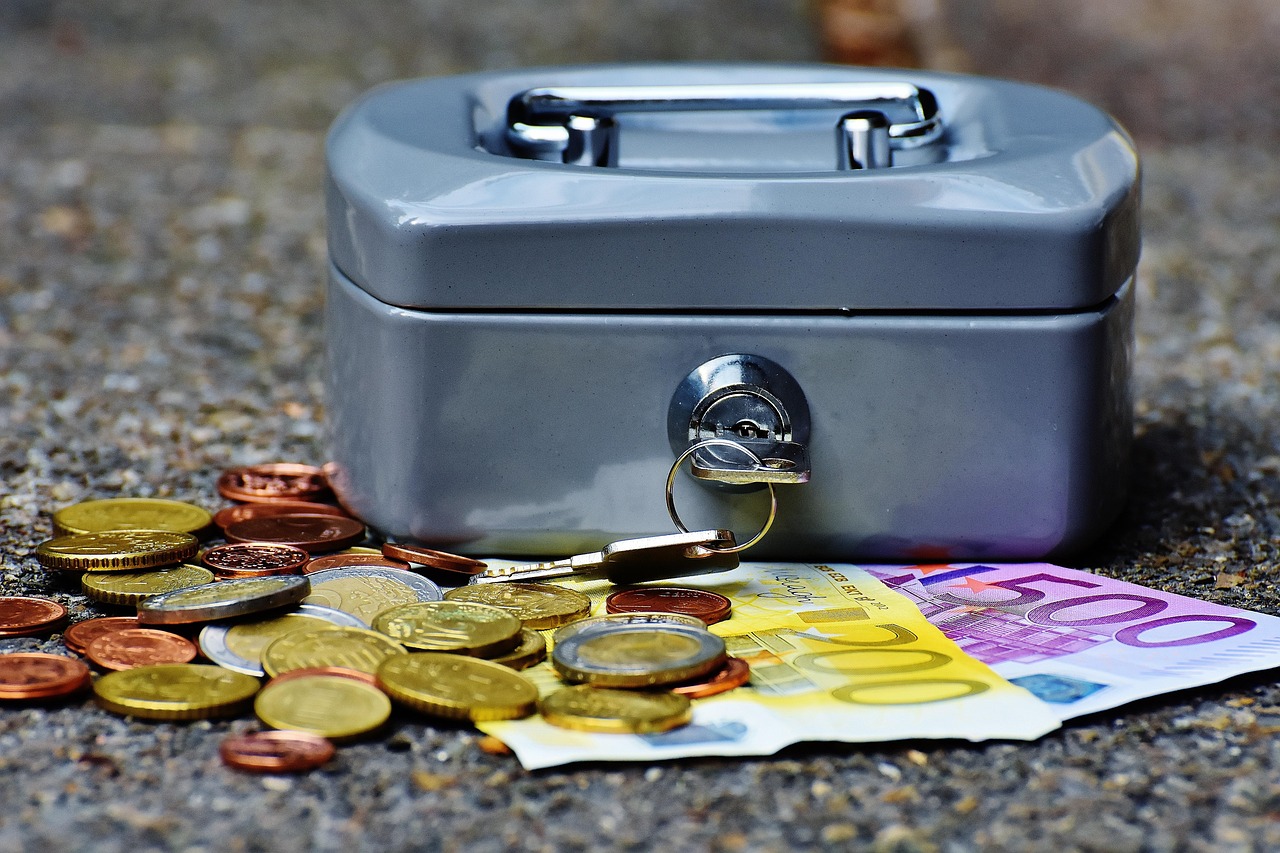
The euro is more than just a currency; it is a significant symbol of economic integration and cooperation within the European Union (EU). Introduced in 1999 in non-physical form and in 2002 as banknotes and coins, the euro has become the second most traded currency in the world. Its adoption marked a pivotal moment in European history, bringing together diverse nations under a single monetary policy.
The euro is used by 20 of the 27 EU member countries, collectively known as the Eurozone. These countries share a centralized monetary policy governed by the European Central Bank (ECB), headquartered in Frankfurt, Germany. The ECB plays a crucial role in maintaining price stability, conducting foreign exchange operations, and managing the foreign reserves of the Eurozone. This level of integration aims to facilitate trade, increase economic stability, and enhance the global standing of the Eurozone.
Adoption and Expansion
The path to the euro was not straightforward. It required significant economic and political commitment from participating countries. The Maastricht Treaty, signed in 1992, laid the groundwork for the euro by establishing convergence criteria. These criteria included limits on budget deficits, government debt levels, inflation rates, and interest rates, ensuring that only stable and economically sound countries could adopt the currency.
Since its introduction, the euro has expanded beyond its initial 11 countries. Today, the Eurozone includes major economies like Germany, France, and Italy, as well as smaller nations like Luxembourg, Malta, and Slovakia. The currency is also used by several non-EU countries through special agreements, reflecting its influence beyond the borders of the European Union.
Benefits and Challenges
The adoption of the euro offers numerous advantages. For businesses, it simplifies cross-border trade within the Eurozone by eliminating exchange rate risks and reducing transaction costs. Consumers benefit from greater price transparency and increased competition, which can lead to lower prices and more choices. Furthermore, the euro enhances the global influence of the Eurozone, allowing it to play a more prominent role in international finance and diplomacy.
However, the euro also presents challenges. The Eurozone’s one-size-fits-all monetary policy can be problematic for countries with diverse economic conditions. The financial crisis of 2008 and the subsequent sovereign debt crisis exposed vulnerabilities within the Eurozone, highlighting the need for stronger fiscal coordination and economic governance.
Impact on Global Markets
The euro’s role in global finance is substantial. It is the second most held reserve currency, following the US dollar, and accounts for a significant share of international trade and investment. The euro’s strength and stability are crucial for global economic balance, influencing exchange rates, trade agreements, and economic policy worldwide.
In recent years, the euro has been at the forefront of discussions on digital currencies and fintech. The ECB has been exploring the potential for a digital euro, which could further enhance transaction efficiency and security while maintaining the currency’s role in the digital economy.
Conclusion
The euro stands as a testament to the power of economic unity and cooperation. While it has faced its share of challenges, its benefits to trade, economic stability, and international influence are undeniable. As the Eurozone continues to evolve, the euro will remain a central feature of the global economic landscape, adapting to new challenges and opportunities in an increasingly interconnected world.
















